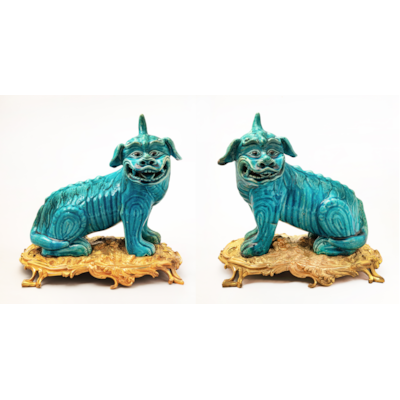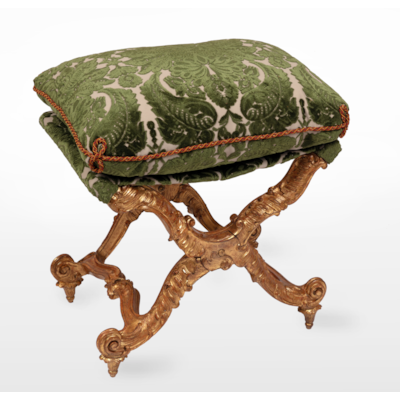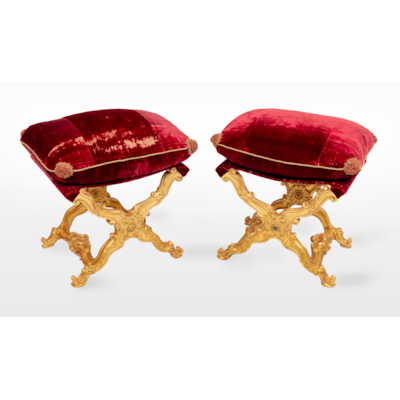
Claude Galle
An empire ormolu clock
Literature
Ottomeyer Proschel, Die vergoldete bronzen, pag.707-708 fig 27 where a related almost identical example is signed by Galle, 9Rue Vivienne Paris. N.58 in the public collection of Museo de Atalaya in Jerez.
Exhibition
Jerez, N.58 Museo de Atalaya.
Detail Description
An early French Empire ormolu mantel clock with applied standing cupid figure with bow and arrow, supported by a spherical clock drum with stars on anoctagonal plinth base decorated with putti flanked by garlands and trophies, above a stepped and moulded base raised on classical feet.
Claude Galle was born at Villepreux near Versailles, but moved to Paris in his youth to begin an apprenticeship under the fondeur Pierre Foy. In 1784 Galle married Foy’s daughter. Following the death of his father-in-law in 1788, Galle took over the workshop, which he transformed into one the finest of its kind with a workforce of about 400 craftsmen. Galle promptly moved the business to Quai de la Monnaie (renamed Quai de l’Unité) and from 1805 operated from 6 Rue Vivienne. First listed in the trade registers in 1784, he was received as a maître-fondeur in 1786 and promptly gained the first of many commissions from the Garde-Meuble de la Couronne under Jean Hauré from 1786–88. He is known to have collaborated with Pierre-Philippe Thomire, amongst others, and was responsible for the majority of bronzes d’ameublement supplied during the Empire to the Château de Fontainebleau. Other Imperial commissions included the supply of numerous vases, ewers, light fittings, figural clock cases and other fine bronze furnishings for the palaces at Saint-Cloud, the Trianons, Tuileries, Compiègne, Rambouillet palaces, as well as a number of Italian palaces including Monte Cavallo, Rome and Stupinigi near Turin. Yet despite numerous important commissions, Galle was often in debt, partly on account of his lavish life-style and also since many of his clients, such as Prince Joseph Napoleon, failed to pay him. After his death, Galle’s business was reopened and prospered under his son, Gérard-Jean Galle (1788–1846). His work can be found among the world’s finest collections including those mentioned above as well as the Musée National de Château de Malmaison, the Musée Marmottan in Paris, the Museo de Relojes at Jerez de la Frontera, the Residenz Munich and the Victoria and Albert Museum in London.
Print Format
Additional images
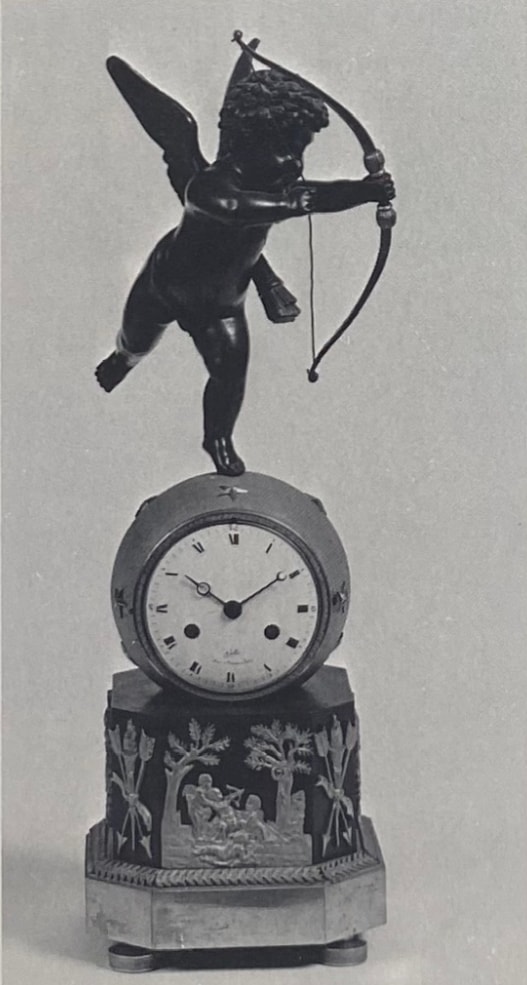
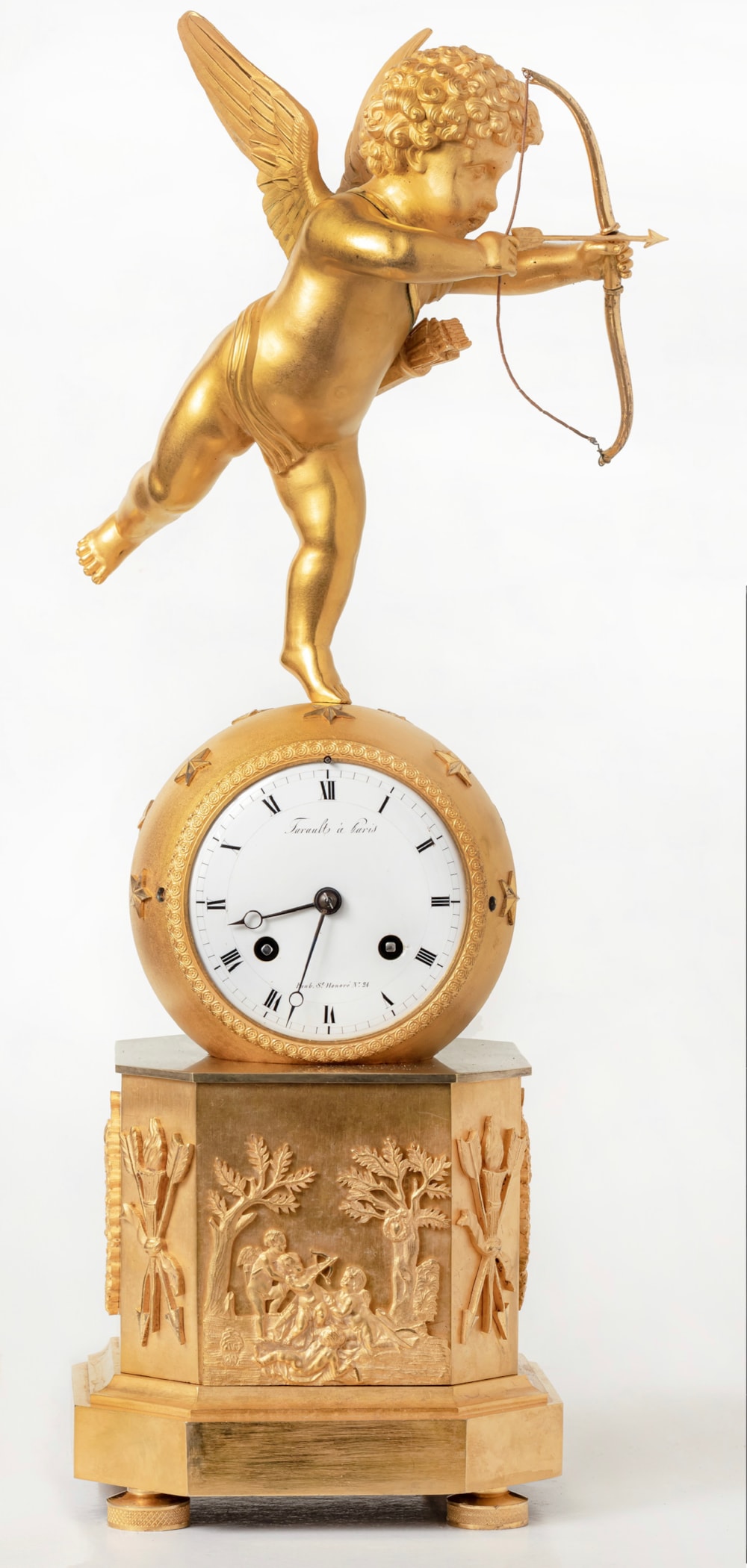

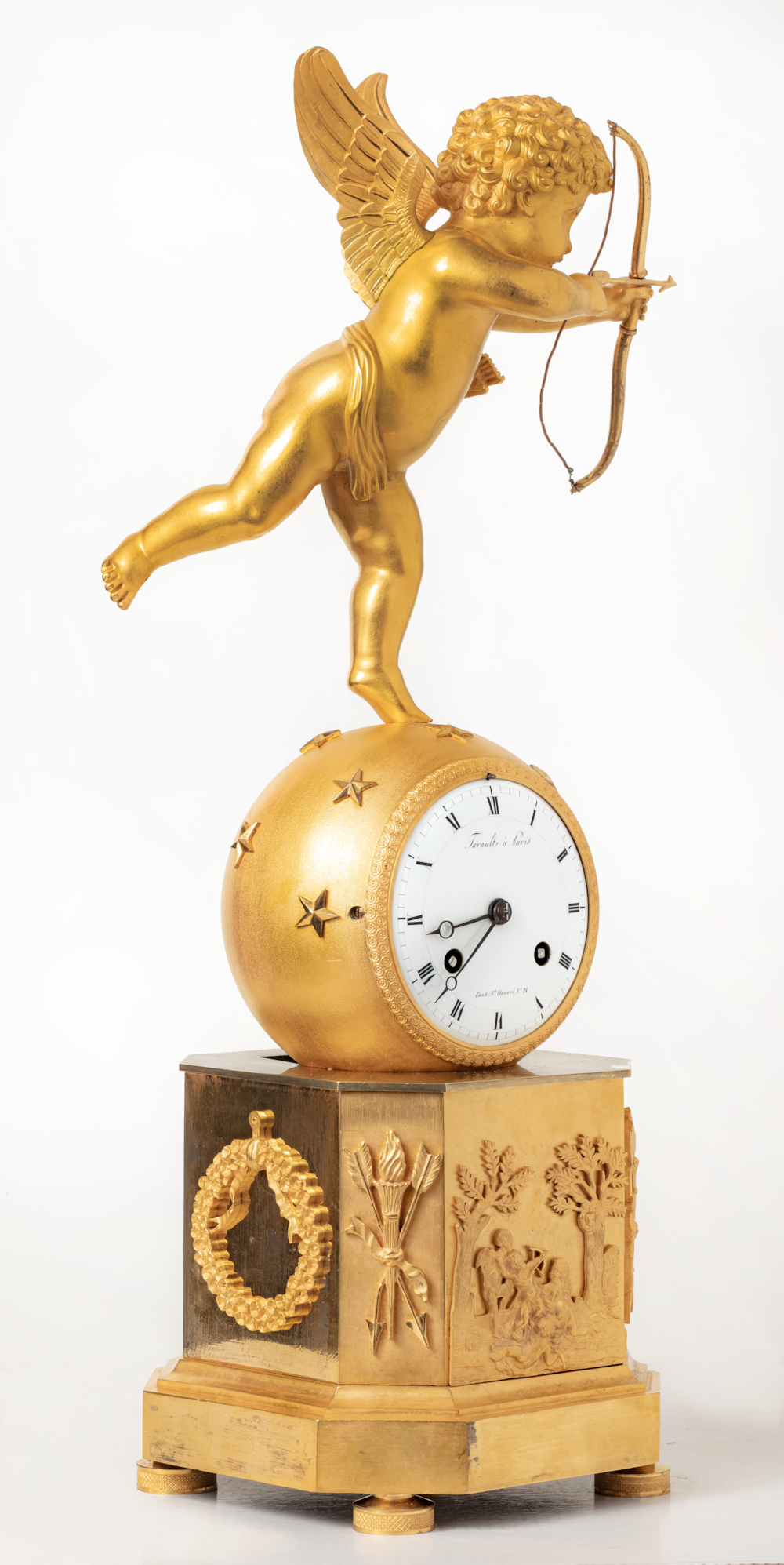
related
Works








